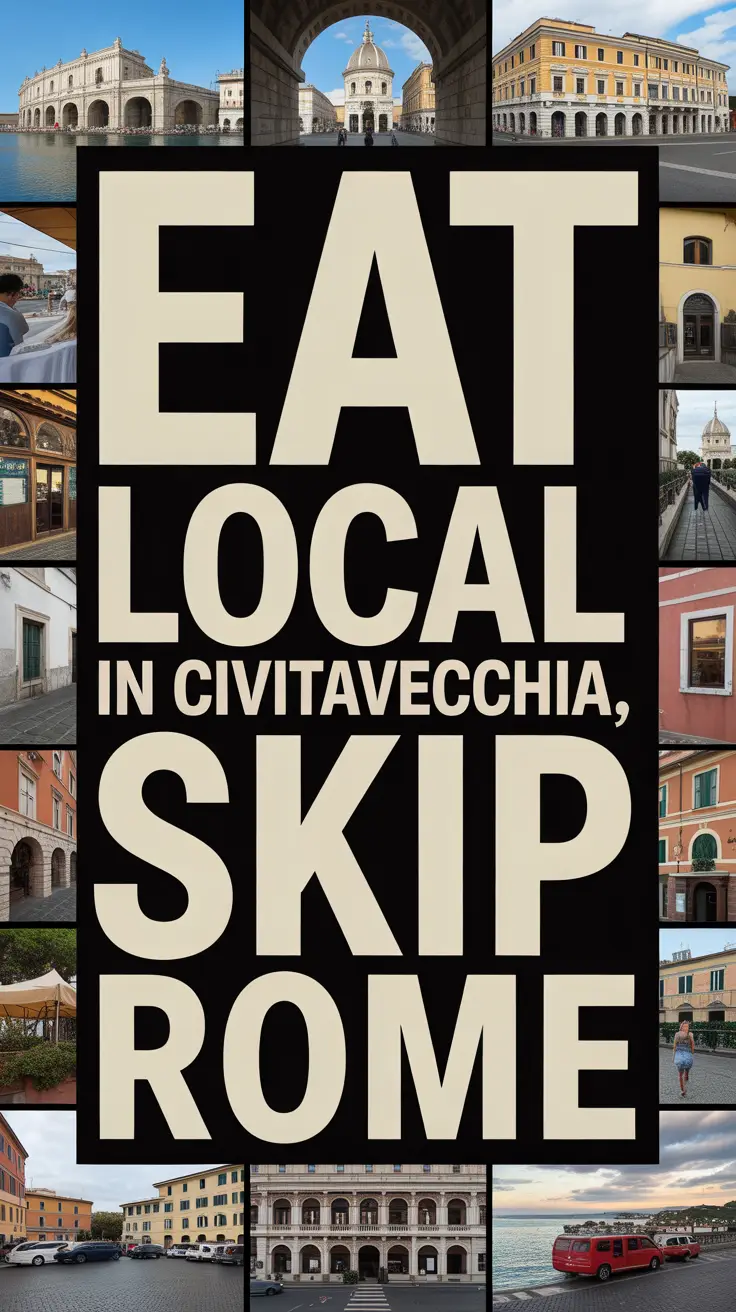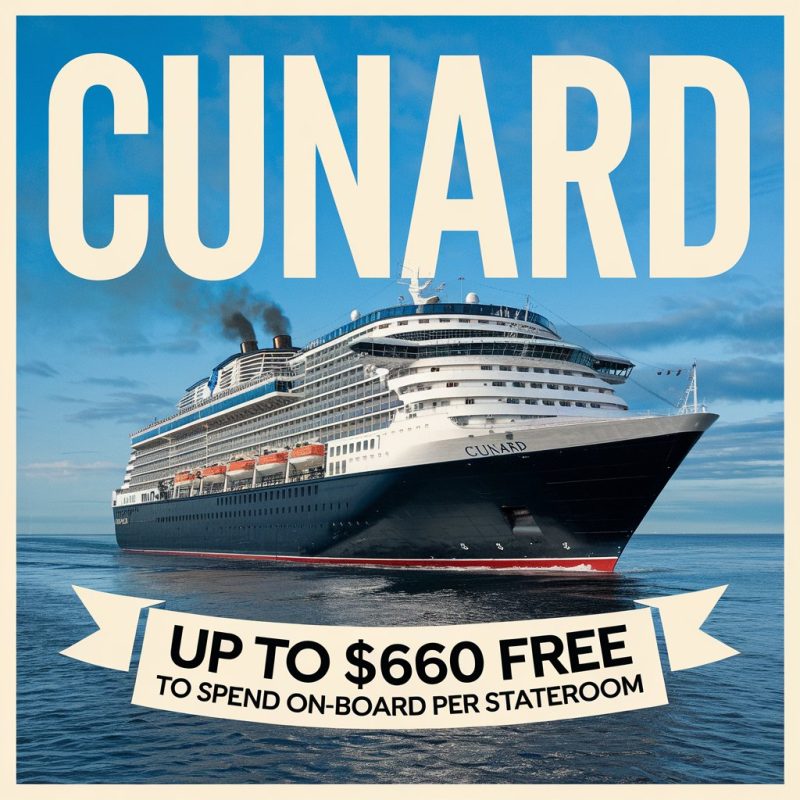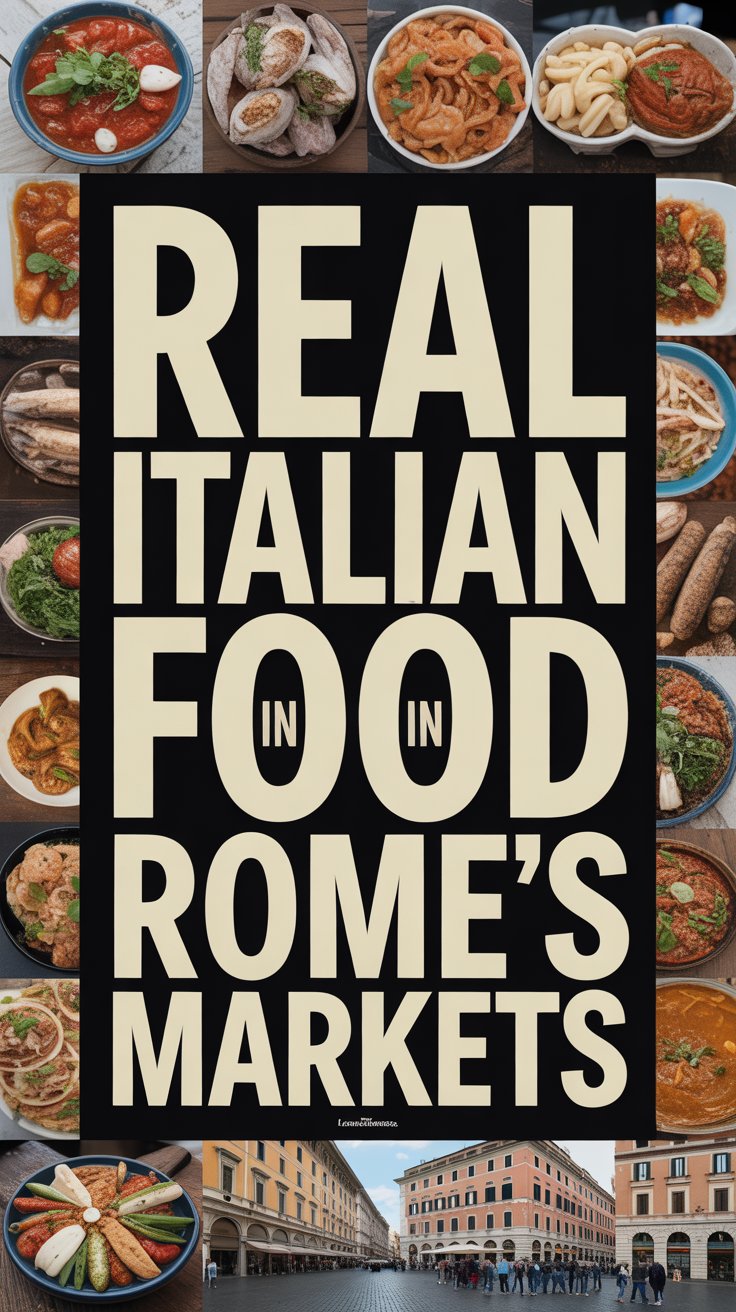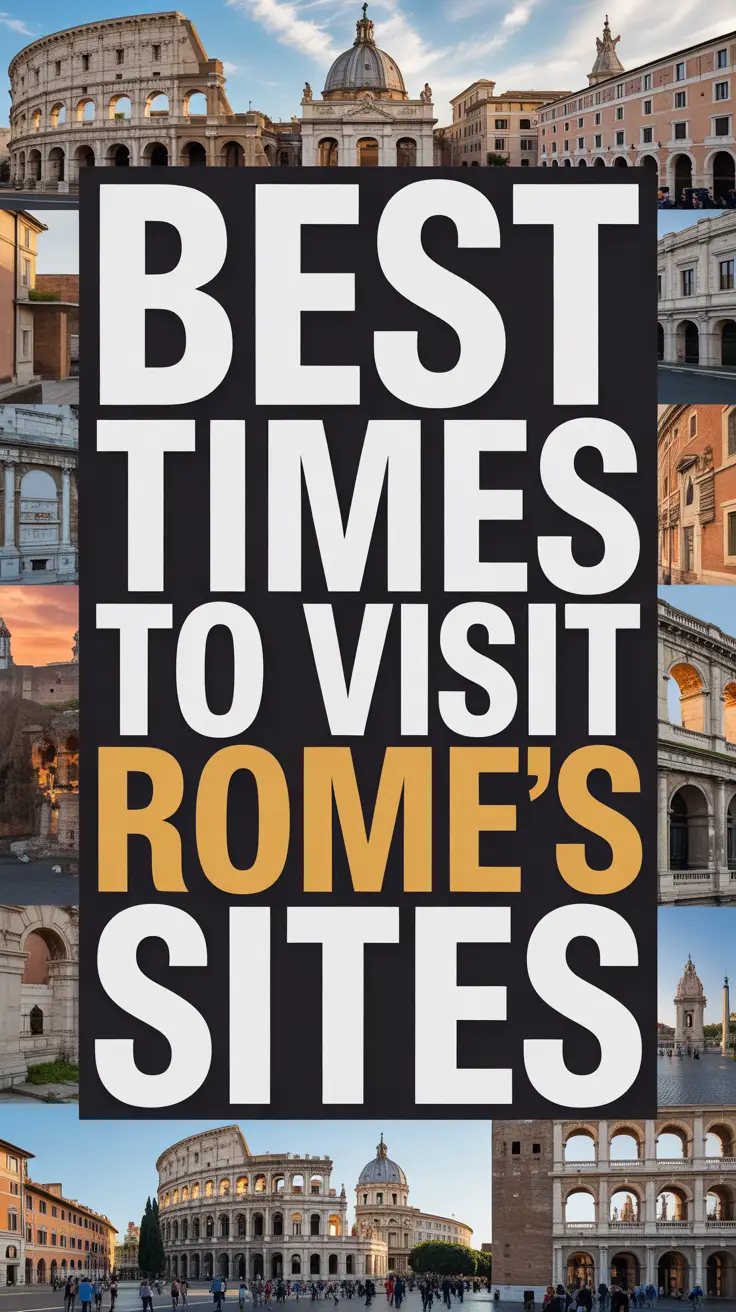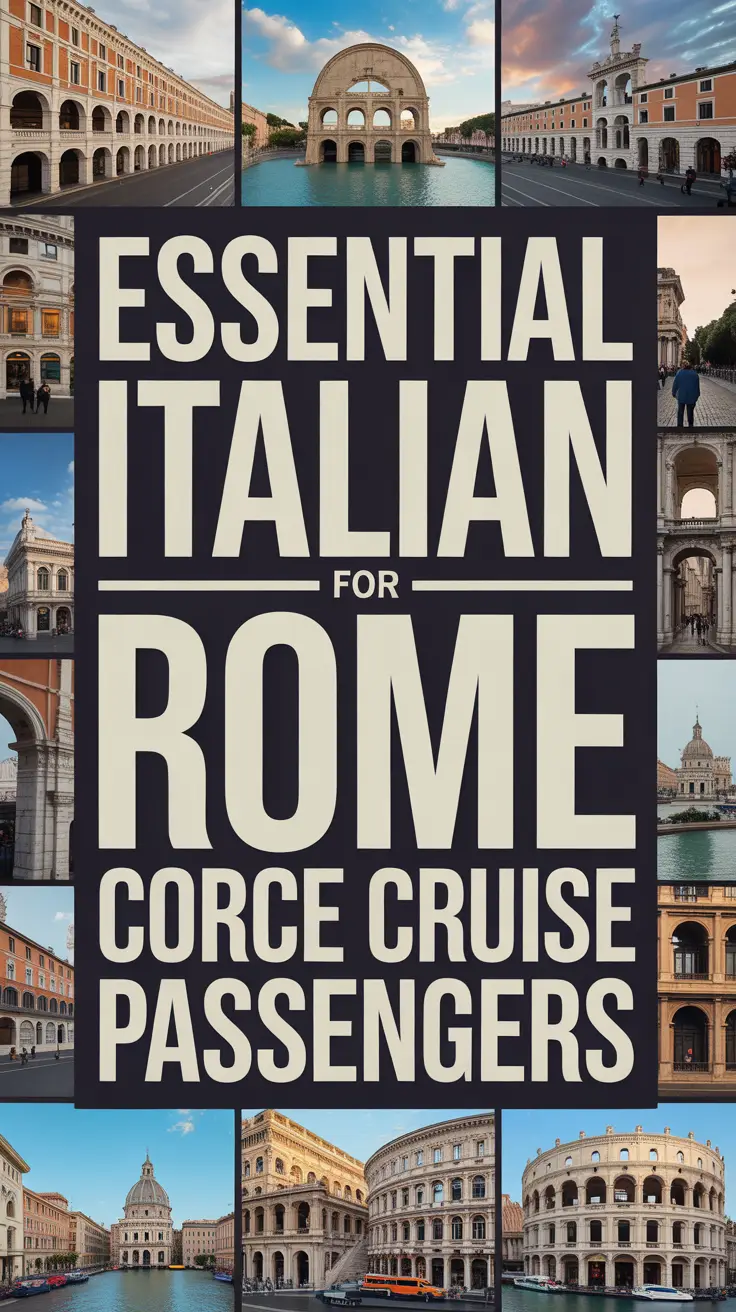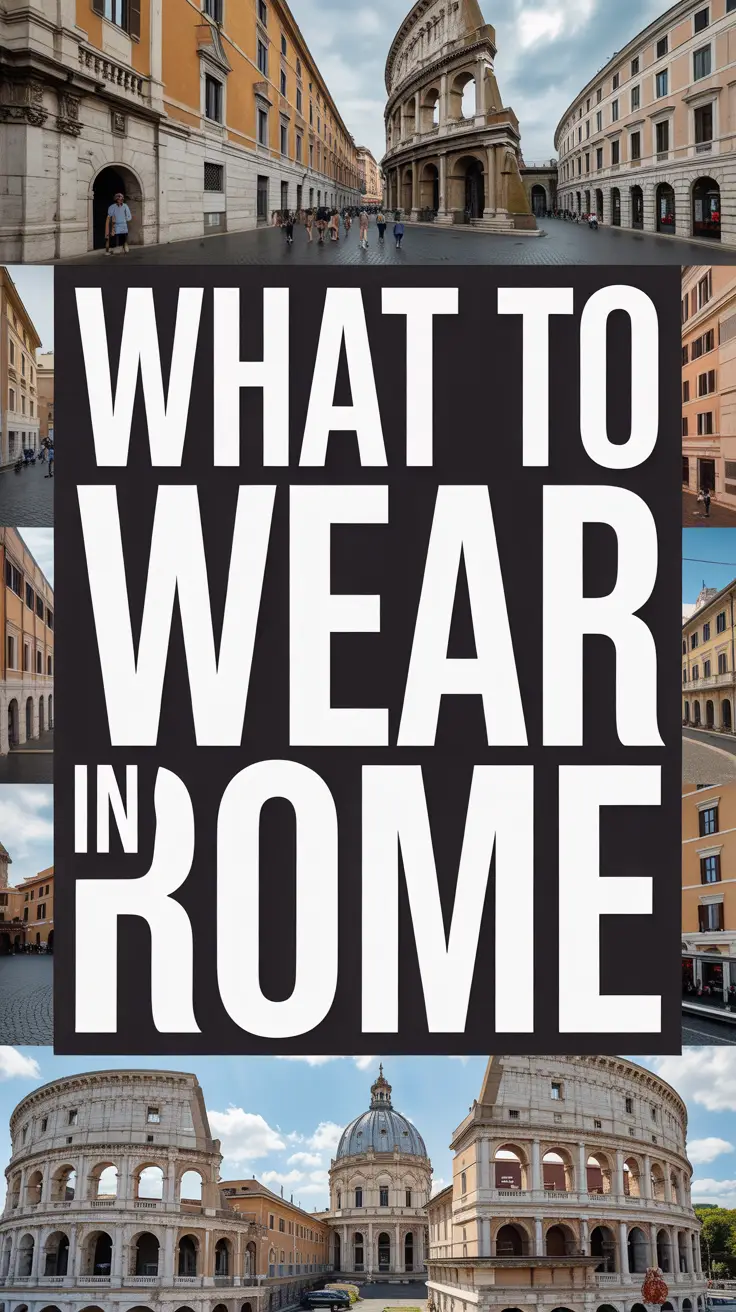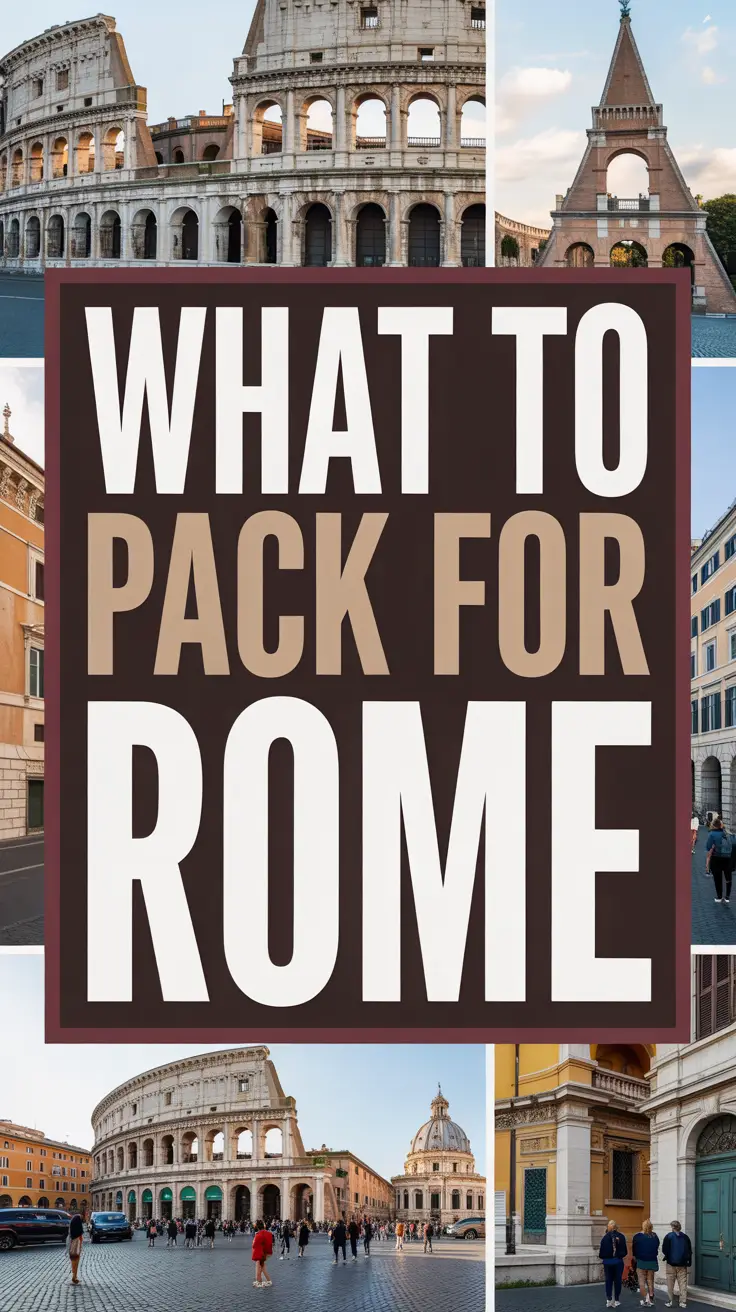Why You Should Skip Rome and Eat in Civitavecchia Instead
Here’s a confession that might ruffle some feathers: after thirty-plus years of cruise writing, I’ve discovered that some of the best Italian meals I’ve ever had weren’t in Rome’s famous trattorias—they were in the unassuming port town of Civitavecchia. While your fellow passengers are racing off to see the Colosseum, you could be savoring the kind of authentic Italian feast that locals have kept secret for generations.
The Case Against Rome (And It’s Not What You Think)
Don’t get me wrong—Rome is magnificent. But here’s the reality check: most cruise passengers get exactly four to six hours in the Eternal City after factoring in the hour-long journey each way from Civitavecchia Port. That’s barely enough time to snap a selfie at the Trevi Fountain, let alone enjoy a proper Italian meal.
Meanwhile, Civitavecchia—literally meaning “ancient city”—sits right at your ship’s doorstep with over 2,000 years of culinary tradition and none of the tourist traps. The math is simple: more time eating, less time traveling.
Why Civitavecchia’s Food Scene Deserves Your Attention
This isn’t some consolation prize dining experience. Civitavecchia boasts something Rome’s tourist zones have largely lost: restaurants that cook primarily for locals. The town’s fishing fleet brings in daily catches, the surrounding Lazio countryside provides exceptional produce, and the prices reflect local wages, not tourist wallets.
As Marina Rossi, Civitavecchia’s Port Authority Cultural Liaison, puts it: “Visitors rush past our restaurants to eat overpriced pasta in Rome, not realizing they’re missing the same recipes their great-grandmothers perfected, prepared by families who’ve been cooking here for five generations.”
What Makes the Local Food Special
- Seafood supremacy: Fresh catches from the Tyrrhenian Sea land directly at local restaurants
- Authentic pricing: Meals cost 40-60% less than comparable dishes in Rome’s tourist areas
- Family traditions: Many restaurants are multigenerational family operations
- Zero tourist markup: Menus are designed for locals, not cruise passengers
Where to Eat: The Insider’s Guide
Forget the restaurants within 200 meters of the port gates—those are tourist traps. The gems require a pleasant 10-15 minute walk into the actual town, so make sure you’re wearing comfortable walking shoes for exploring the historic streets.
| Restaurant Type | What to Order | Insider Tip |
|---|---|---|
| Seafood Specialists | Spaghetti alle vongole, Branzino al sale | Ask what came in this morning—it’s not always on the menu |
| Traditional Trattorias | Cacio e pepe, Saltimbocca alla Romana | Order the house wine—it’s usually from local vineyards |
| Pizzerias | Pizza Marinara, Pizza Quattro Stagioni | Romans often drive here for weekend pizza—that’s your quality indicator |
The Strategic Advantages
Beyond the obvious time savings, eating in Civitavecchia offers several cruise-specific benefits that seasoned travelers have discovered. If you’re exploring multiple Mediterranean cruise ports in Italy, you’ll appreciate these advantages:
- No rushed meals: Enjoy proper Italian dining pace without watching the clock
- Bathroom strategy: Use restaurant facilities instead of ship’s crowded options during turnaround
- Currency advantage: Spend remaining euros instead of converting back
- Weather backup: Indoor dining if Rome weather turns nasty
- Energy conservation: Save stamina for evening ship activities
Potential Challenges (And How to Handle Them)
Every strategy has drawbacks, and honesty is crucial here. Limited time in port means missing Rome’s iconic sights, and some travelers feel they’re “wasting” their European cruise experience. The language barrier can be more pronounced in smaller establishments, and restaurant timing doesn’t always align with ship schedules.
The solution? This works best for repeat cruisers who’ve already done Rome, travelers who genuinely prioritize food experiences over sightseeing, or those planning to visit Rome separately. Always confirm restaurant hours with your concierge and keep the ship’s departure time as your non-negotiable deadline. For those torn between options, consider reading about whether to book a shore excursion or go to Rome independently.
Bonus Tips From the Trenches
- Download offline translation apps: Google Translate works without data if you download Italian
- Cash is king: Many local spots prefer cash over cards
- Lunch timing matters: Restaurants often close 2:30-7:30 PM
- Ask about “piatti del giorno”: Daily specials featuring the freshest ingredients
- Doggy bags are rare: Order conservatively or share dishes
- Pack smart: Bring a compact day bag for any purchases you make at local markets
Common Questions
How far can I walk from the port before getting nervous about ship departure? Civitavecchia’s historic center is entirely walkable within 20 minutes of the port. Set a personal deadline of 90 minutes before all-aboard time.
Do restaurants accommodate food allergies in smaller establishments? Italian chefs take allergies seriously, but communication is key. Write down your restrictions in Italian beforehand or use translation apps. For helpful phrases, check out essential Italian words that will actually help you.
Can I find vegetarian options beyond pasta and pizza? Absolutely. Lazio cuisine includes many vegetable-forward dishes, especially in spring and summer when local produce peaks.
What if I want to grab food to bring back to the ship? Many establishments offer “da asporto” (takeaway), and local markets sell incredible picnic supplies. For more ideas on how to spend time in port, read about what to do in Civitavecchia when you have time to kill.
Sometimes the best travel discoveries happen when you resist the obvious choice. While Rome will always be there, beckoning with its ancient wonders, Civitavecchia offers something equally valuable: the chance to eat like a local Italian, without the crowds, without the rush, and with your floating hotel just a short stroll away. Your stomach—and your wallet—might just thank you for choosing the road less traveled. For more local dining recommendations, don’t miss our guide to the best local food you’ll actually find in Civitavecchia.

